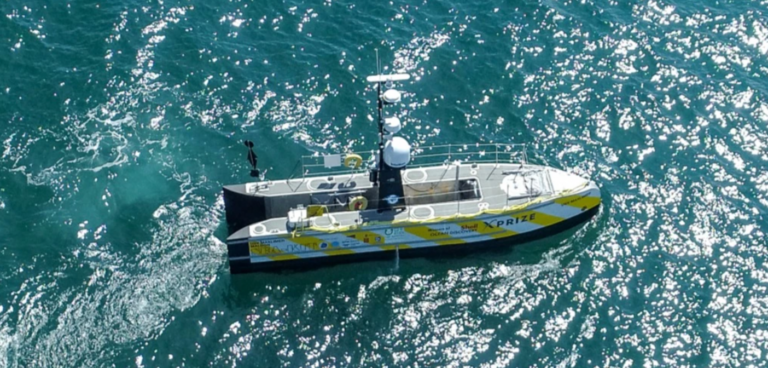Essex-based developer of uncrewed surface vessels (USVs) Sea-Kit International is part of an international project to map the undersea impacts of the recent Tongan volcanic eruption.
Joining New Zealand’s environmental science and applied research service provider NIWA and the Nippon Foundation, Sea-Kit International will carry out a full month’s survey over the caldera (a large depression formed when a volcano erupts and collapses), mapping its current shape.
The team will survey thousands of square kilometres of the seafloor and collect video images of the eruption’s impact from NIWA’s research vessel, RV Tangaroa, and will use Sea-Kit’s USV Maxlimer to conduct further mapping.
Ben Simpson, CEO, Sea-Kit International said it is an exciting opportunity to demonstrate data collection using less than 2% of the fuel of a typical survey vessel.
“USV Maxlimer will be controlled from the other side of the world, at our base in the UK, as she safely gathers a range of data types from inside the caldera for a full month to develop and support understanding of the eruption’s undersea impact,” he explained.
Researchers predict that there will be extensive changes to the underwater landscape around Tonga. The team said the eruption was unprecedented and unexpected; volcanos of this type were not previously anticipated to erupt so violently or trigger such large explosions.
Project leader and NIWA chief scientist oceans, Mike Williams said that with similar volcanos around the globe, particularly along the Pacific Ring of Fire, the eruption of HT–HH highlights a risk to society from lack of knowledge about them, and this research is is vital to help protect people from similar natural disasters in the future.
“By working together, we have the power to help solve some of the biggest problems facing society, including the fall-out from natural disasters,” added Nippon Foundation chairman, Dr Yohei Sasakawa.
“We hope that this work will help researchers and governments understand and mitigate the risk of future eruptions, which will be of particular benefit to countries that lie within proximity of these threatening natural wonders, like Japan and New Zealand.”









